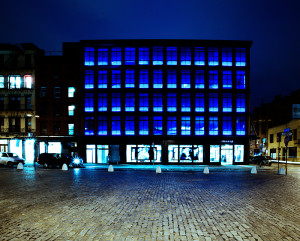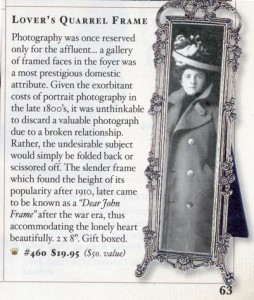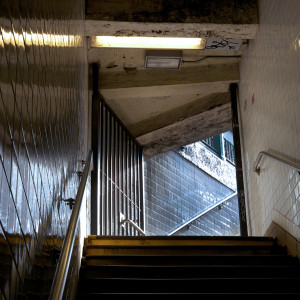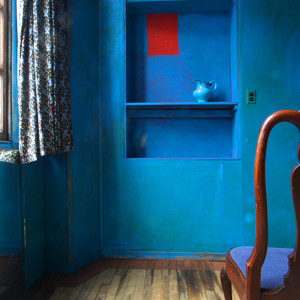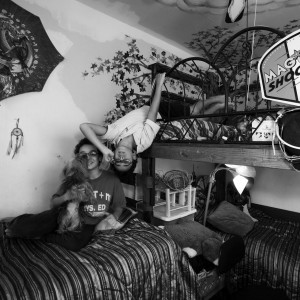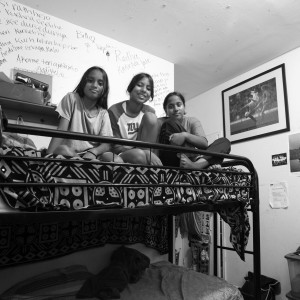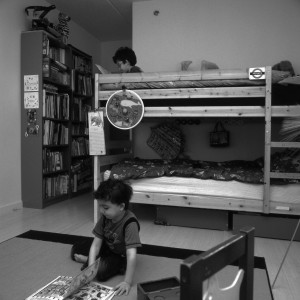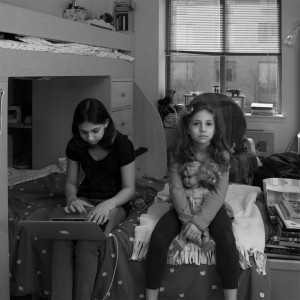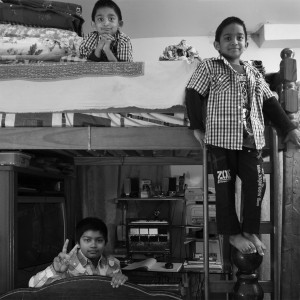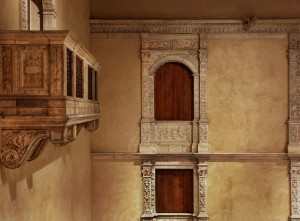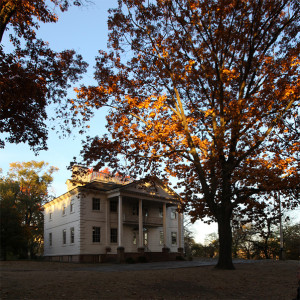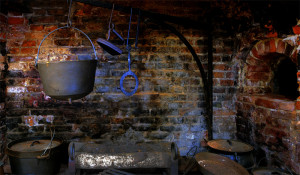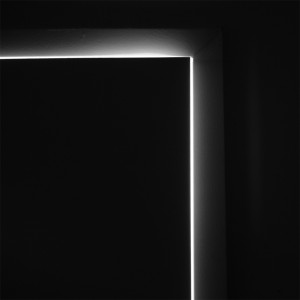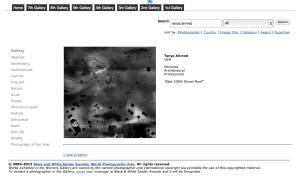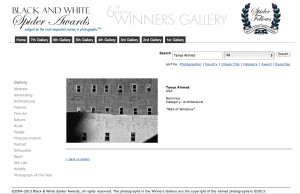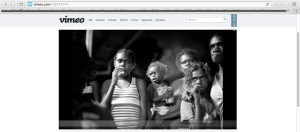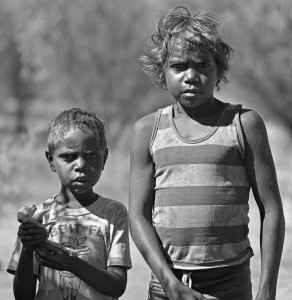A Year (and a bit) On
The Museum of the City of New York does a great job with educating through its exhibitions. Rather than just displaying artifacts, the exhibitions are often themed and have panels of information rather than itty bitty labels.
Still, though, when I heard about a photography exhibit I got it into my head that it would be different. Something pretentious in me assumes I have no need for words as I understand photography in a way that I don’t with other subjects. Of course though the exhibition wasn’t really about photography at all, it was about an event that we got to share physically as New York residents and then re-share with others through the medium of photography. The panels provided sobering figures and information that amplified the effect of the photographs.
The Museum put out an open call to professionals and amateur photographers and got a response from 900 photographers who submitted around 10,000 images. I was one of them but sadly not chosen. In fact there were such a small amount chosen that a second selection was culled and put outside the main gallery on a video loop so that another 400 images could be viewed.
So, what was it all about? Hurricane Sandy. The exhibition was opened at the one year anniversary and detailed the event through six sections Storm, Destruction, Coping, Home, Relief and Not Over.
Opening just days before Hurricane Yolanda/ Haiyan, which was a stark lesson in the difference between first world and third world infrastructure and response, the exhibition none the less covered many of the same shared experiences.
With areas of New York burnt, flooded and blacked out there were many photographs taken by residents who used photography as a way to process, prove, preserve and share the unbelievable events happening around them.
Of course there were many stunning images of waves, cascading waters, floating cars and destroyed houses but what struck me were some of the images of after the storm had passed through. The photograph outside of Fairway supermarket with shopping carts tightly packed together, full of useless food and the inside of another store where the dairy shelves were bare because there was no electricity and therefore no way to keep fresh food. The No Gas signs, cutting people off from travel or escape and the iconic views of Manhattan, half erased in the blackout gave a deeper look into the far reaching consequences of the storm. Many of the images were of people planning, organizing and helping each other, engaging in recovery and these brought the attention from images of nature’s power back to the sympathetic human level.
Frightening really to think that a bit of weather blows through and modern New Yorkers are left without shelter, food, power or gasoline.
The exhibition was less a show about photographic skill, although there was much evident, and more a tale of a city’s ongoing response to adversity. There was a small section on the use of cell phone photography, the everyman photojournalist dispersing images. I remember watching a steady stream of cell phone images on the local new station NY1 as New Yorkers tracked and shared the storm’s path in real time. The way people used photography was interesting too, a large scrapbook by a Rockaway’s resident, professionals made series, residents shot out of their windows, some photographs were official documents, some photographs were sad but others captured fun, I am thinking of one image, taken I assume as the storm approached, of a small group of people feeling the wind blow on them, their bodies pushed backwards, their arms and hair up in the air, enjoying the awesome power of nature and demonstrating the folly of the young in thinking that they are invincible.
I took a few photographs too as the storm passed over. In my neighborhood the East River spilled over, drowned the FDR highway and turned First Avenue into a raging river. We watched as the surge came up the Avenue, drowning cars in its path and entering buildings. Our building was lucky, thanks to some quick moving by residents to barricade the entrance. The water got into the building but didn’t get into the elevators or electrics, unlike some less fortunate buildings who lost power after they got waterlogged. The FDNY stayed ahead of the flooding on scene to assist motorists who couldn’t get away fast enough.
I had a few previously booked days off so had the time and could have gone on to take further images but I wrestled with the idea of it. Spared from ongoing damage by living uptown I struggled with the idea of going downtown or to the other boroughs to take photographs of the misery of others. Especially when the images I took would not be used in any informative capacity, ie by the press or other official capacity but would merely be portfolio pieces. In effect I’d be a disaster tourist. I decided not to do it and in fact one of the great things about this exhibition was that many of the photographs were clearly taken by people, amateur and professional, acutely affected and resident in the communities they were documenting. Taking it like it was.
Museum of the City of New York http://www.mcny.org/exhibition/rising-waters
Twitter #risingwaters https://twitter.com/search?q=%23risingwaters&src=hash








